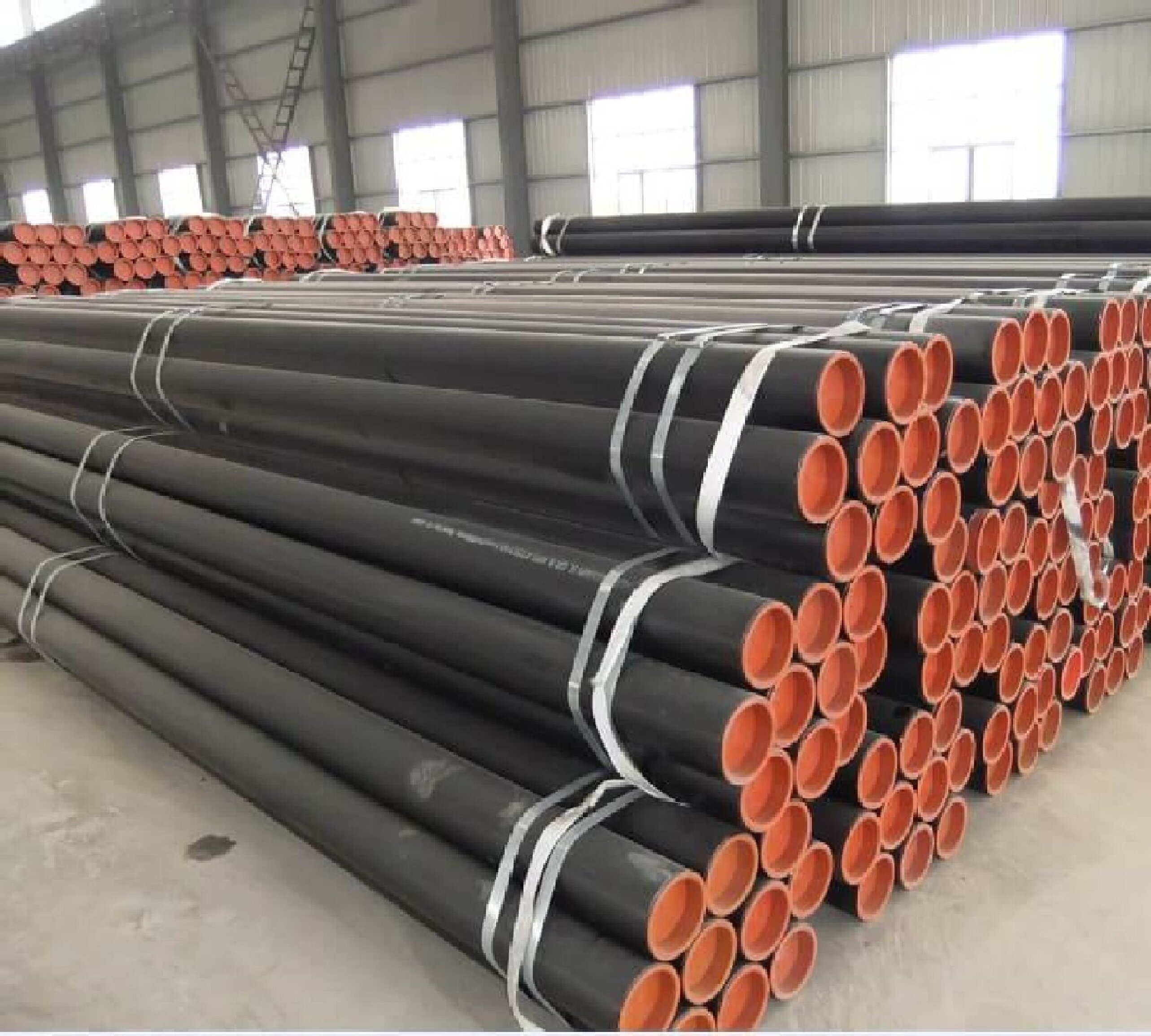-
Cangzhou Yulong Steel Co., Ltd.
-
Phone:
+86 13303177267 -
Email:
admin@ylsteelfittings.com

Oct . 18, 2024 19:17 Back to list
Exploring the Concept of Cross-Threaded Pipes in Mechanical Engineering
Understanding Cross-Threaded Pipes An Overview
Cross-threaded pipes represent a significant challenge in both industrial and residential plumbing applications. The term “cross-threaded” refers to a condition where the threads of a pipe joint are misaligned, causing improper sealing. This phenomenon can lead to leaks, structural failures, and costly repairs. Understanding the implications of cross-threaded pipes, how they occur, and the strategies for prevention and resolution is essential for both professionals and DIY enthusiasts.
What are Pipe Threads?
To understand the problem of cross-threading, one must first comprehend the role of threads in piping systems. Pipe threads are helical grooves that allow pipes to be screwed together securely. They facilitate the transmission of liquids and gases while preventing leaks. Common threading standards include NPT (National Pipe Thread), BSP (British Standard Pipe), and others tailored to specific applications.
Proper alignment of pipe threads is crucial. When two pipes are joined, the threads must mesh perfectly to create a tight seal. If the alignment is off—even slightly—cross-threading occurs. This misalignment prevents threads from engaging correctly, leading to a host of issues.
How Do Cross-Threaded Pipes Occur?
Cross-threading can happen for several reasons
1. Improper Installation The most common cause of cross-threaded pipes arises during installation. If a pipe is forced into a fitting at an incorrect angle, the threads may not line up properly. This can happen due to haste, lack of experience, or oversight.
2. Damaged Threads Threads can become damaged over time due to wear and tear, corrosion, or impact. Using a pipe with compromised threads increases the likelihood of misalignment during installation.
3. Incorrect Size Using fittings that do not match the pipe's specifications can lead to cross-threading. For example, using a smaller fitting on a larger pipe will create misalignment from the outset.
4. Environmental Conditions Extreme temperatures and pressure can affect the integrity of pipes and fittings, causing them to warp or change shape slightly, leading to cross-threading during installation.
Consequences of Cross-Threading
cross threaded pipe

The repercussions of cross-threaded pipes can be serious. Some of the most common problems include
- Leakage The most immediate concern is water or gas leakage. A poor seal can lead to expensive damage, especially in critical systems like gas lines or heating systems. - Structural Damage Over time, leaks can cause significant structural damage to surrounding areas, leading to mold, wood rot, or wall deterioration. - Operational Failures In industrial settings, cross-threading can lead to operational shutdowns, increasing maintenance costs and downtime. - Safety Risks In situations where gas is involved, cross-threading can pose serious safety risks, including the potential for explosions or fires.
Preventing and Resolving Cross-Threading
Prevention is key when it comes to managing cross-threaded pipes. Here are some practical tips
1. Take Time During Installation Ensure that pipes are properly aligned before forcing them together. By taking a moment to assess alignment, many problems can be avoided.
2. Inspect Threads Regular inspections can help detect early signs of wear and tear. Replace any damaged fittings before they can cause cross-threading.
3. Use Proper Tools Utilizing the correct tools for pipe installation can reduce the chance of cross-threading. For example, a pipe wrench should be used carefully to avoid applying excessive force that might misalign threads.
4. Training and Knowledge Providing training for workers on the importance of proper installation methods can significantly reduce the occurrence of cross-threaded pipes.
If cross-threading does occur, several corrective measures can be implemented
- Loosening and Realigning If caught early, gently loosening the fitting, realigning the threads, and re-tightening may resolve the issue. - Thread Repair Kits For slightly damaged threads, thread repair kits are available that can help restore functionality without needing to replace the entire pipe. - Professional Help In many cases, especially in critical plumbing systems, seeking the assistance of a qualified plumber is advisable.
Conclusion
In conclusion, cross-threaded pipes are a preventable issue that can lead to significant damage and safety hazards. By understanding the causes and consequences, and by implementing preventive measures, individuals and organizations can mitigate the risks associated with cross-threaded piping systems. Whether one is a seasoned professional or a novice DIYer, a commitment to careful installation and regular maintenance is crucial for ensuring the integrity of piping systems.
Latest news
-
ANSI 150P SS304 SO FLANGE
NewsFeb.14,2025
-
ASTM A333GR6 STEEL PIPE
NewsJan.20,2025
-
ANSI B16.5 WELDING NECK FLANGE
NewsJan.15,2026
-
ANSI B16.5 SLIP-ON FLANGE
NewsApr.19,2024
-
DIN86044 PLATE FLANGE
NewsApr.19,2024
-
DIN2527 BLIND FLANGE
NewsApr.12,2024
-
JIS B2311 Butt-Welding Fittings LR/SR 45°/90° /180°Seamless/Weld
NewsApr.23,2024
-
DIN2605-2617 Butt-Welding Fittings LR/SR 45°/90°/180° Seamless/Weld
NewsApr.23,2024











